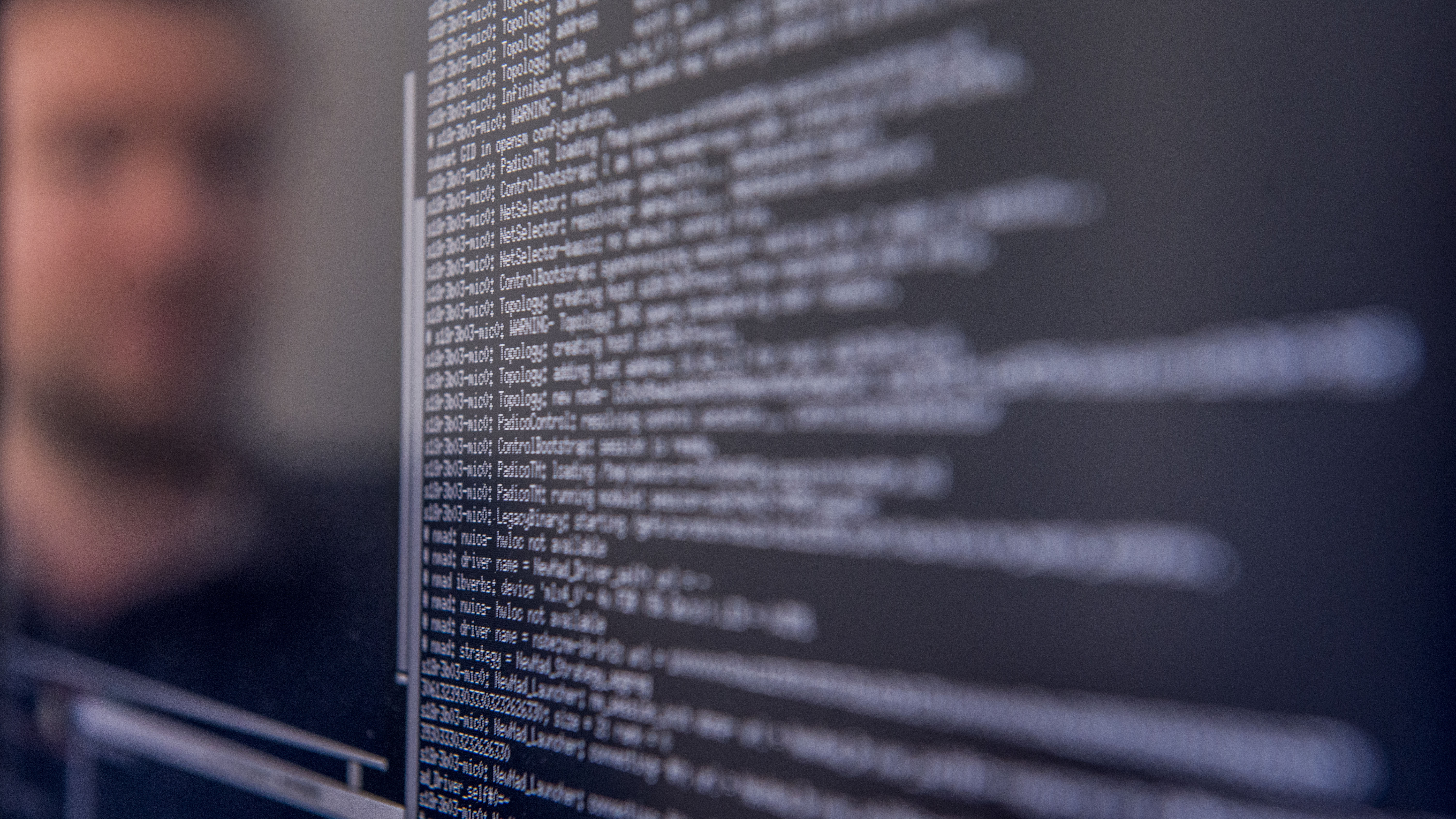High-Performance Computing : INRIA involved in eight European projects
Date:
Changed on 04/08/2022

Given its potential to boost the power of computers to new levels, high-performance computing (HPC) has become a priority issue for the majority of Member States in recent years. “There is much talk of what we call exascale computers, capable of carrying out a billion billion operations per second,” Emmanuel Jeannot, the scientific delegate for INRIA Bordeaux - Sud-Ouest (South-West France), explains. “That’s twice as much as the world’s most powerful machine to date, and twenty times more than the best European machine.” This outstanding capacity would enable the resolution of problems which are currently unsolvable, in areas such as fluid mechanics, weather or climate, etc., and to further enhance data analysis, in particular via artificial intelligence tools.
The stakes are such that the European Union set up EuroHPC, a joint initiative between Member States and private partners. EuroHPC co-funds cutting-edge research on the development, roll-out and maintenance of world-ranking European supercomputers. INRIA took part in the last two calls for projects, in January and July 2020, and is a partner for eight of the projects selected.
EuroHPC selected eight research projects for which INRIA is a partner.
“The average success rate for these calls is low, so we are delighted to have achieved such a good score”, Lucia Marta, the Bordeaux head of partnerships and European innovation projects, emphasises. “In order to succeed, INRIA provided a great deal of information and support to researchers for their applications. Answering these calls is more difficult and complicated than applying for national funding. You have to find the best partners, create a European consortium, put together an application in English, plan several months in advance, and so on.”
The eight EuroHPC projects in which INRIA is involved mobilise a total of eleven teams from six regional centres. Highly active in HPC, the Bordeaux – Sud-Ouest centre is playing a leading role, with five teams working on six projects. In each consortium, INRIA researchers work closely with hardware specialists.
Image
Verbatim
We’re aiming for such high levels of performance that we need to consider hardware and software aspects jointly through a co-design approach. For example, supercomputers are so energy-intensive that their consumption rate must be much slower than their computing power. This depends on architectural choices in addition to driving the software for energy management or data transfer. Everything is interconnected.
Auteur
Poste
Scientific Delegate of Inria Bordeaux – Sud-Ouest
INRIA’s strong presence reflects its range of in-house expertise which covers all the software aspects of HPC. This research strategy, implemented in particular at the Bordeaux – Sud-Ouest centre, enables various teams to work together on a continuum of complex subjects. This is an essential step towards French or European sovereignty with regard to high-performance computing.
These EuroHPC projects will firstly enable INRIA to develop scheduling algorithms for the management of hardware resources. They play a crucial role in HPC machines with tens of thousands of computing cores. They must be designed and modelled upstream to ensure they present the desired running properties.
INRIA’s second area of involvement is data management. HPC operates so fast that it is difficult to deliver input data and archive results at an adequate pace. Without optimisation, these two steps can become bottlenecks and hamper performance.
INRIA research on HPC also covers runtime supports, which are responsible for applying the algorithms. They engineer the parallelism of computing and enable processors that are not necessarily identical to inter-communicate; for one of the chosen projects, the supercomputer could combine standard products and graphic card accelerators which are particularly adapted to artificial intelligence tasks.
Lastly, alongside computer researchers, INRIA also has specialists in applied mathematics, capable of developing simulation tools. “Modelling aerodynamic flows or the working of the cardiac muscle on the scale of each cell requires high-level scientific expertise,” Emmanuel Jeannot points out. “It’s these application tools which ultimately give HPC its raison d’être.”
While the aim of EuroHPC is focused on exascale computing infrastructures, Emmanuel Jeannot remains cautious :
A machine of this type would occupy several hundred square metres on the ground, would contain around a million cores and would require an annual power budget of €20 million. We will most likely build only a few such models; more modestly-sized supercomputers will be more common. This changes nothing of the urgent need for research on the hardware architectures, machine software and applications which also apply in their case.
In addition, there is some uncertainty as to specific technical choices, such as processors. Intel dominates the market, but its rival ARM offers simpler products specialised in HPC. China, deprived of this technology due to the American embargo, is designing its own processors. These three options imply different software solutions.
The eight EuroHPC projects, begin in either 2021 or 2022, for durations of 36 to 48 months. Without prejudging their outcome, INRIA can boast its progress in one aspect of the aims and performance contract with its trustees: the stepping up of its collaborative European projects with high economic and societal impact.